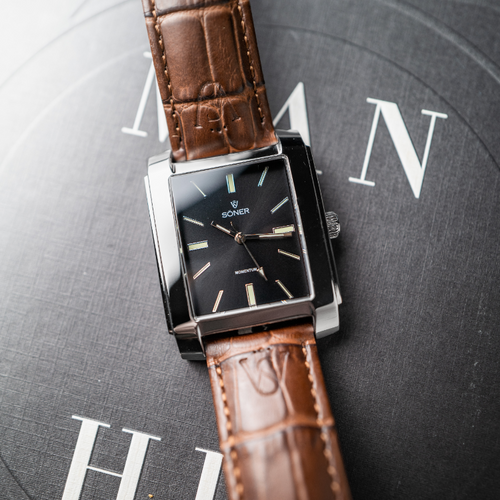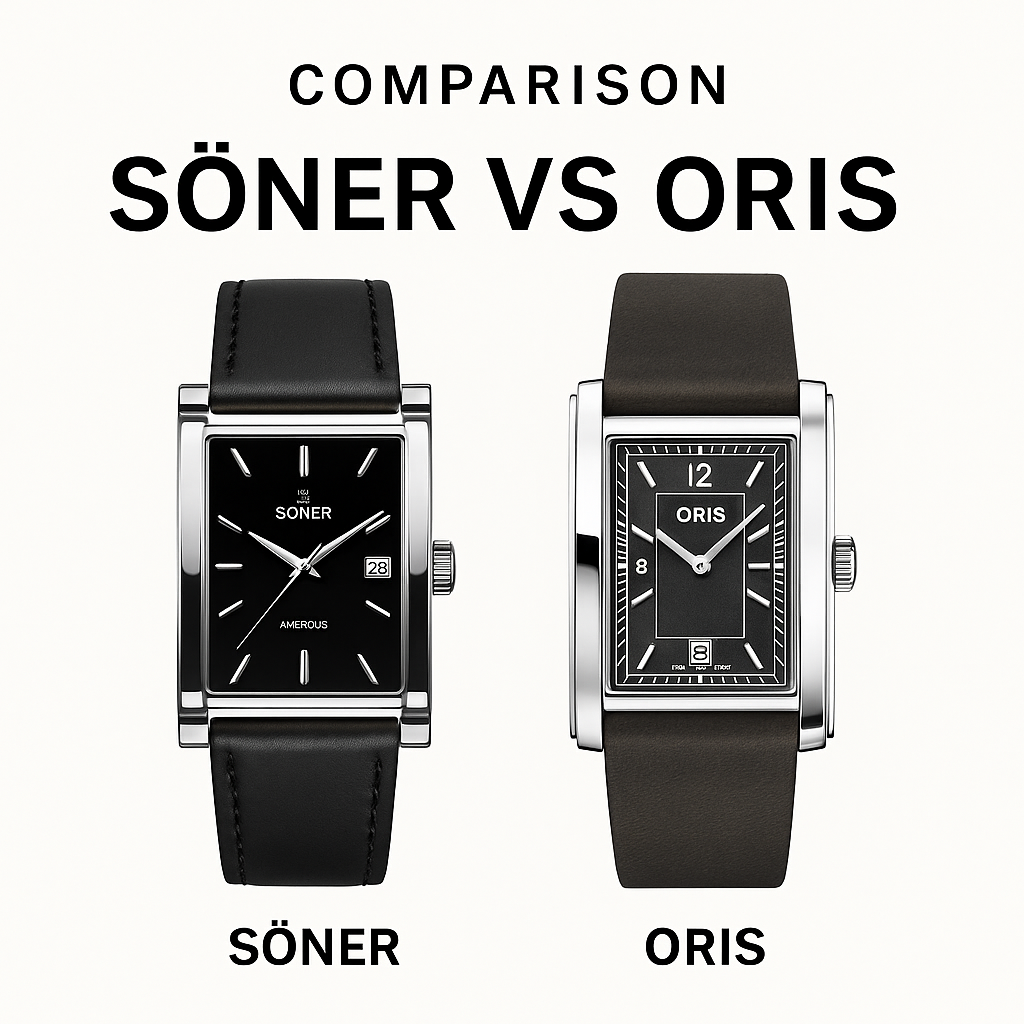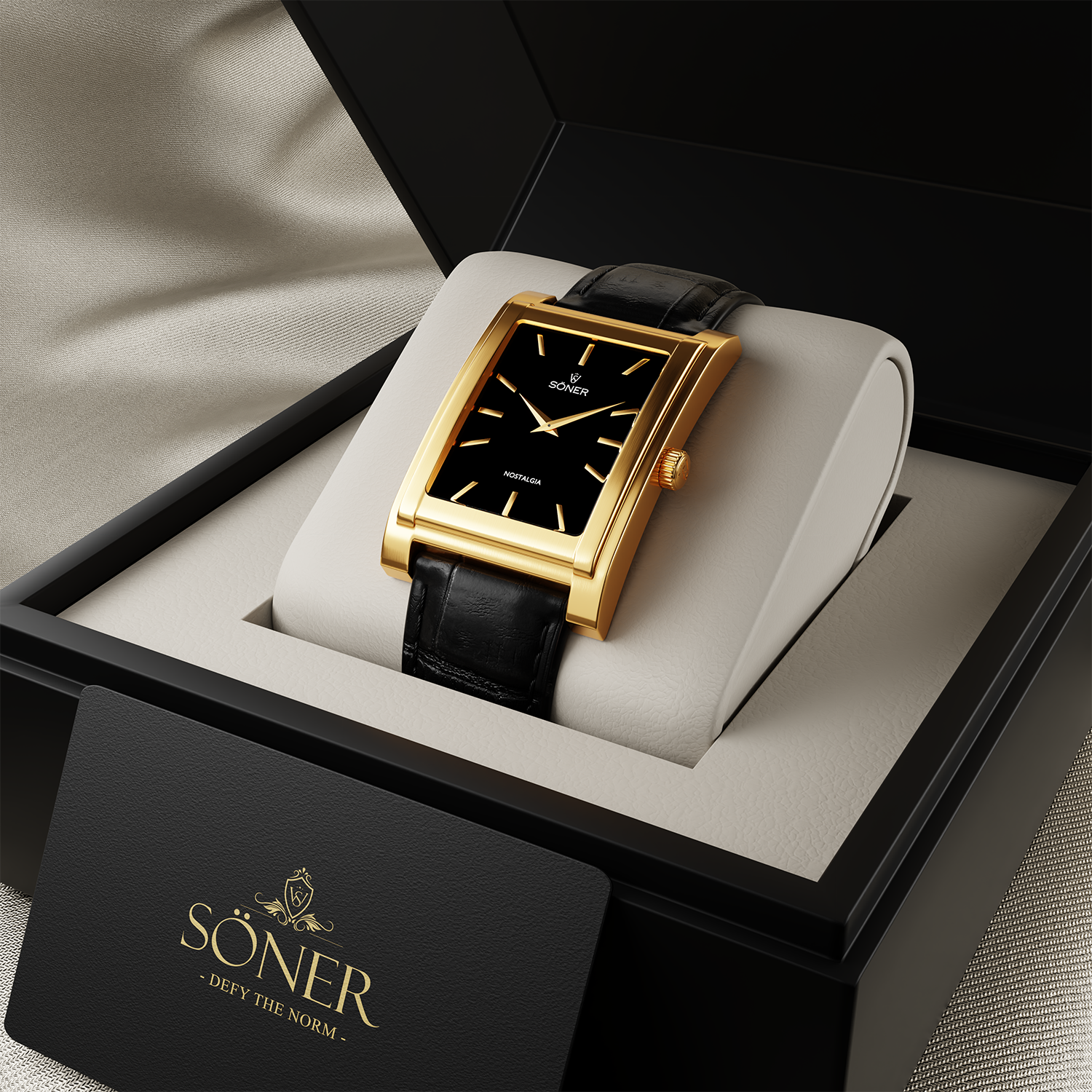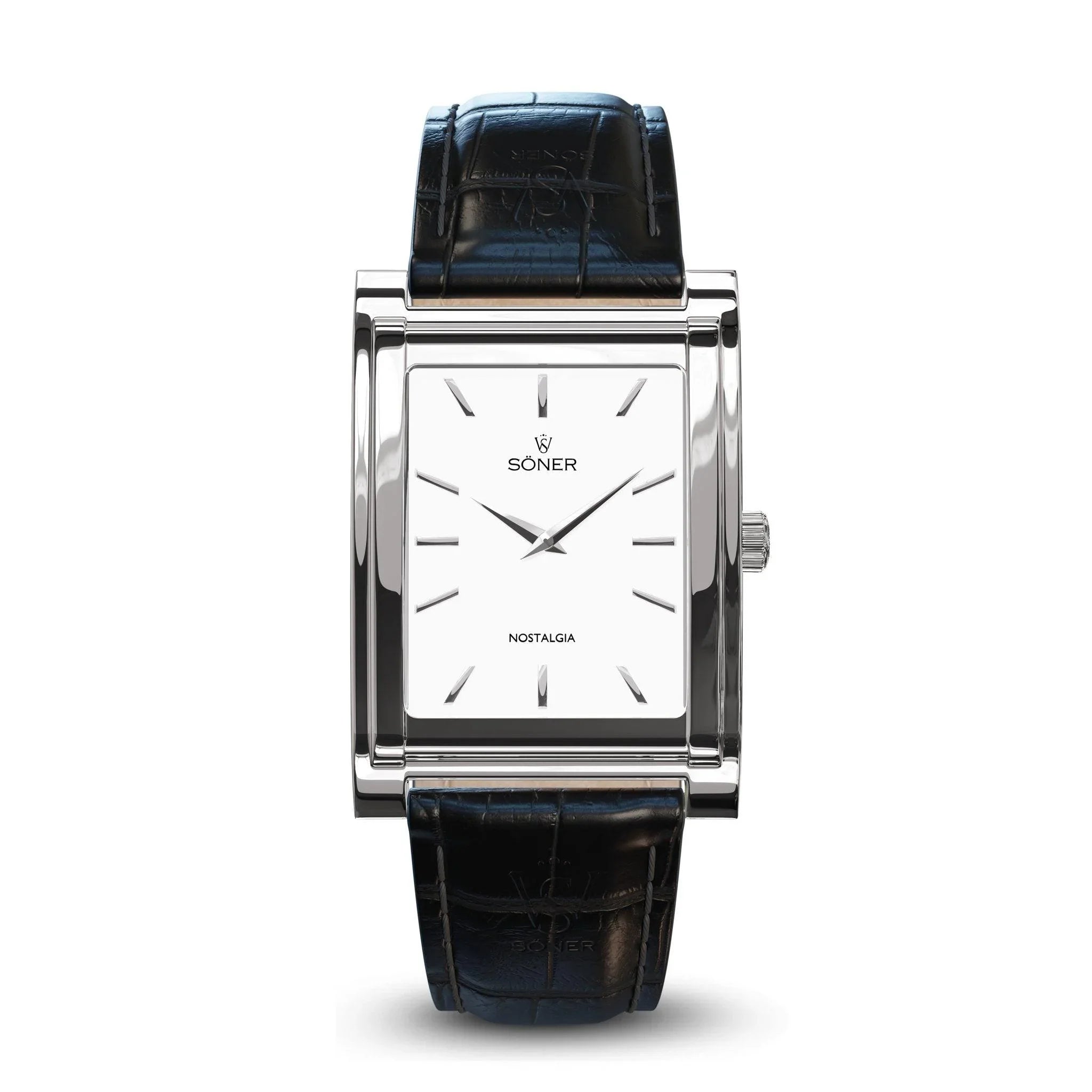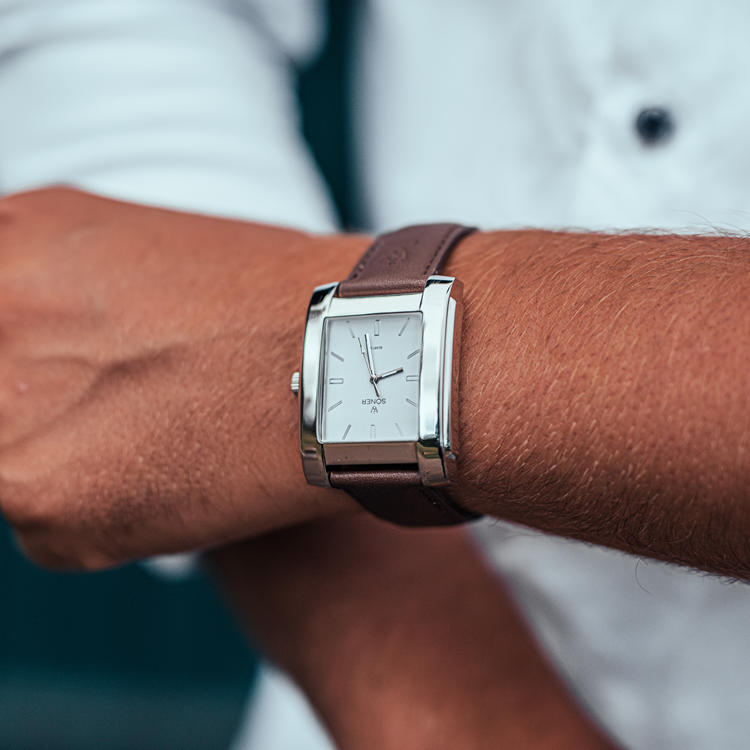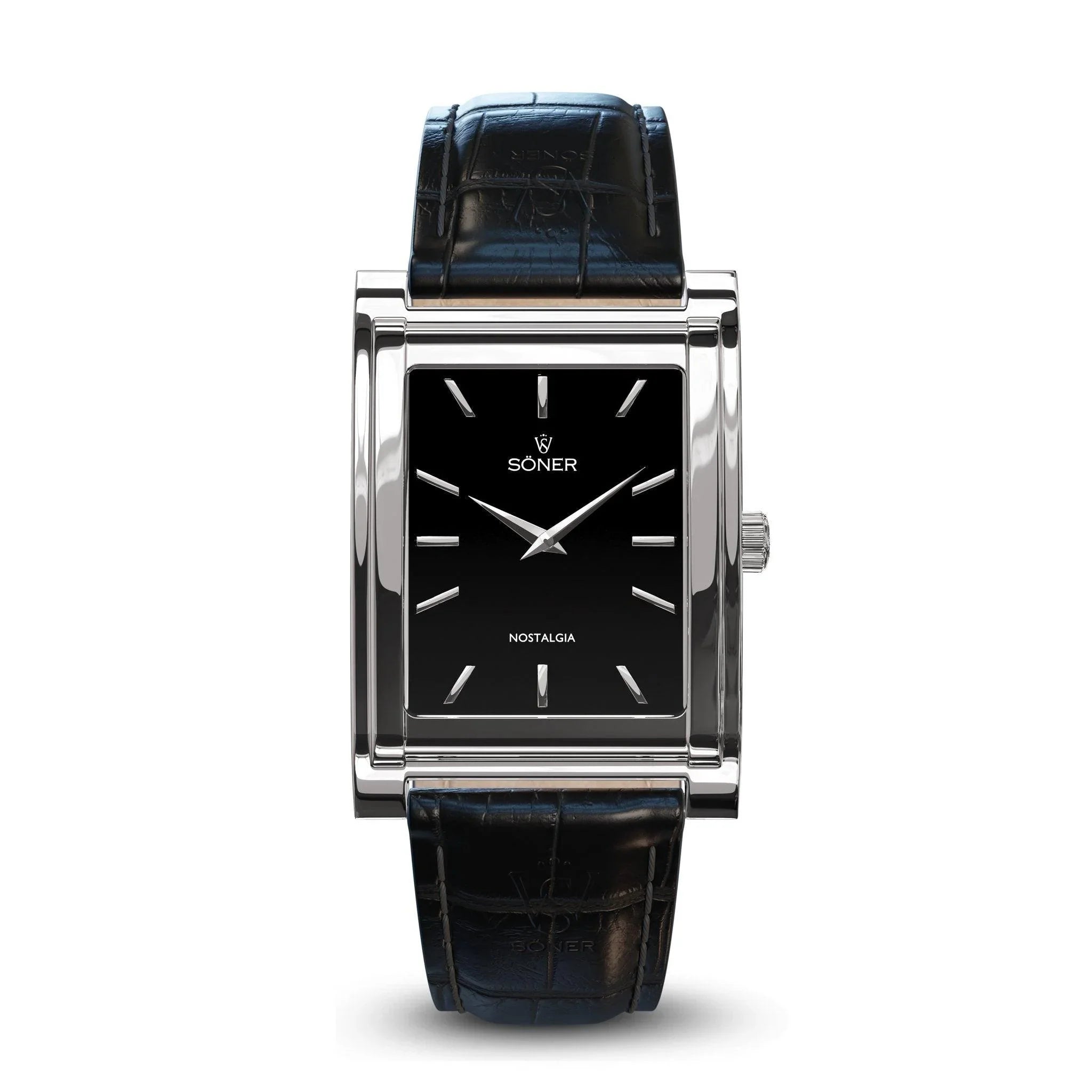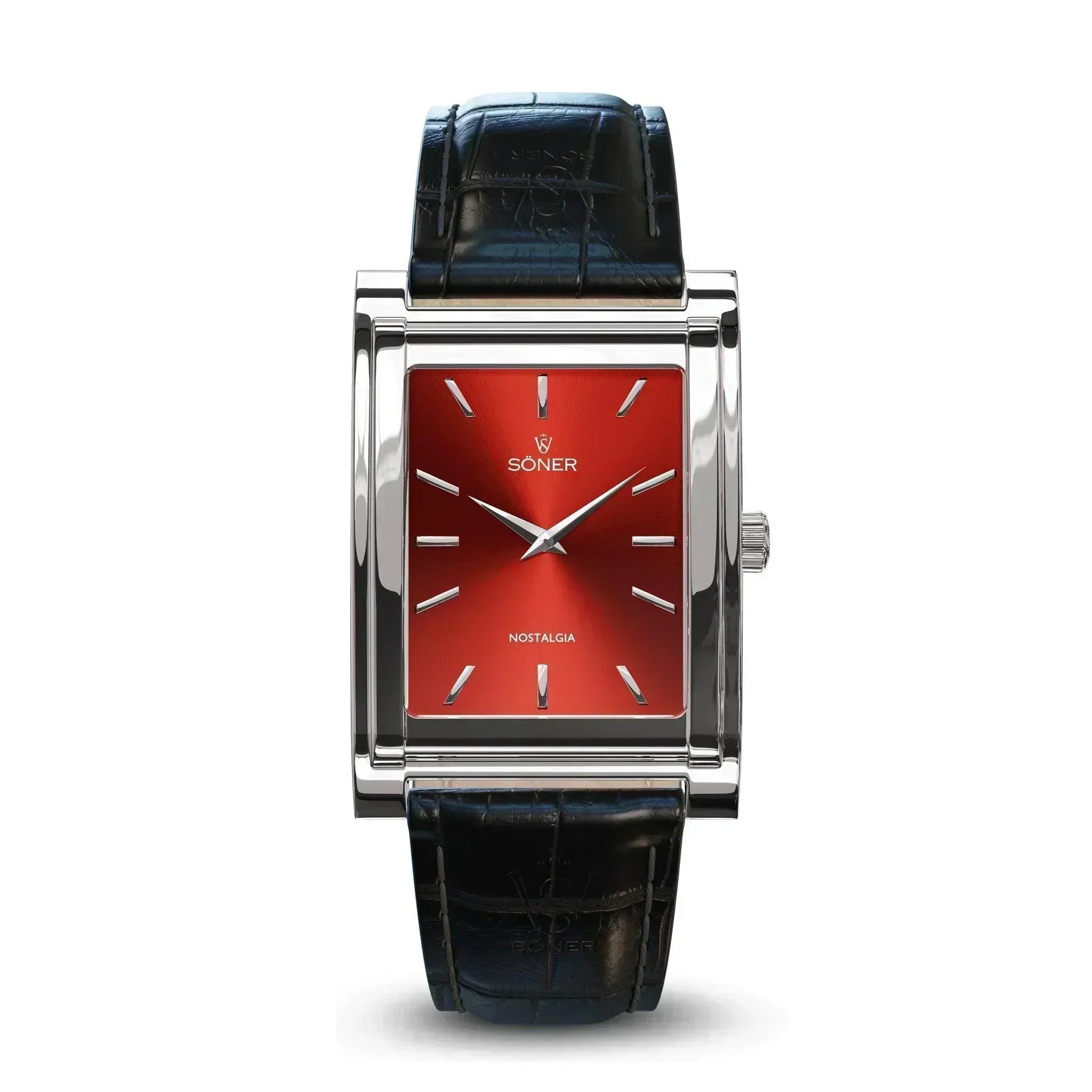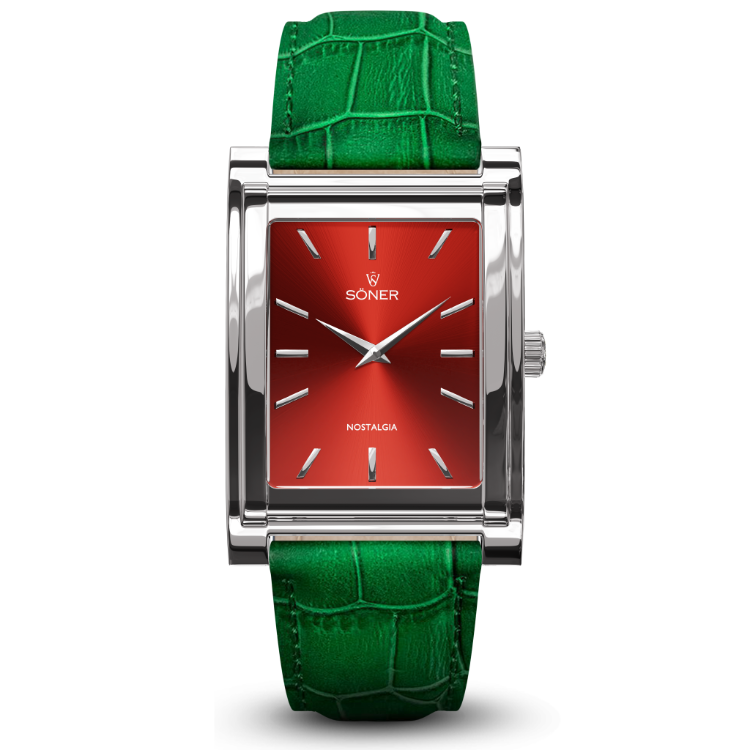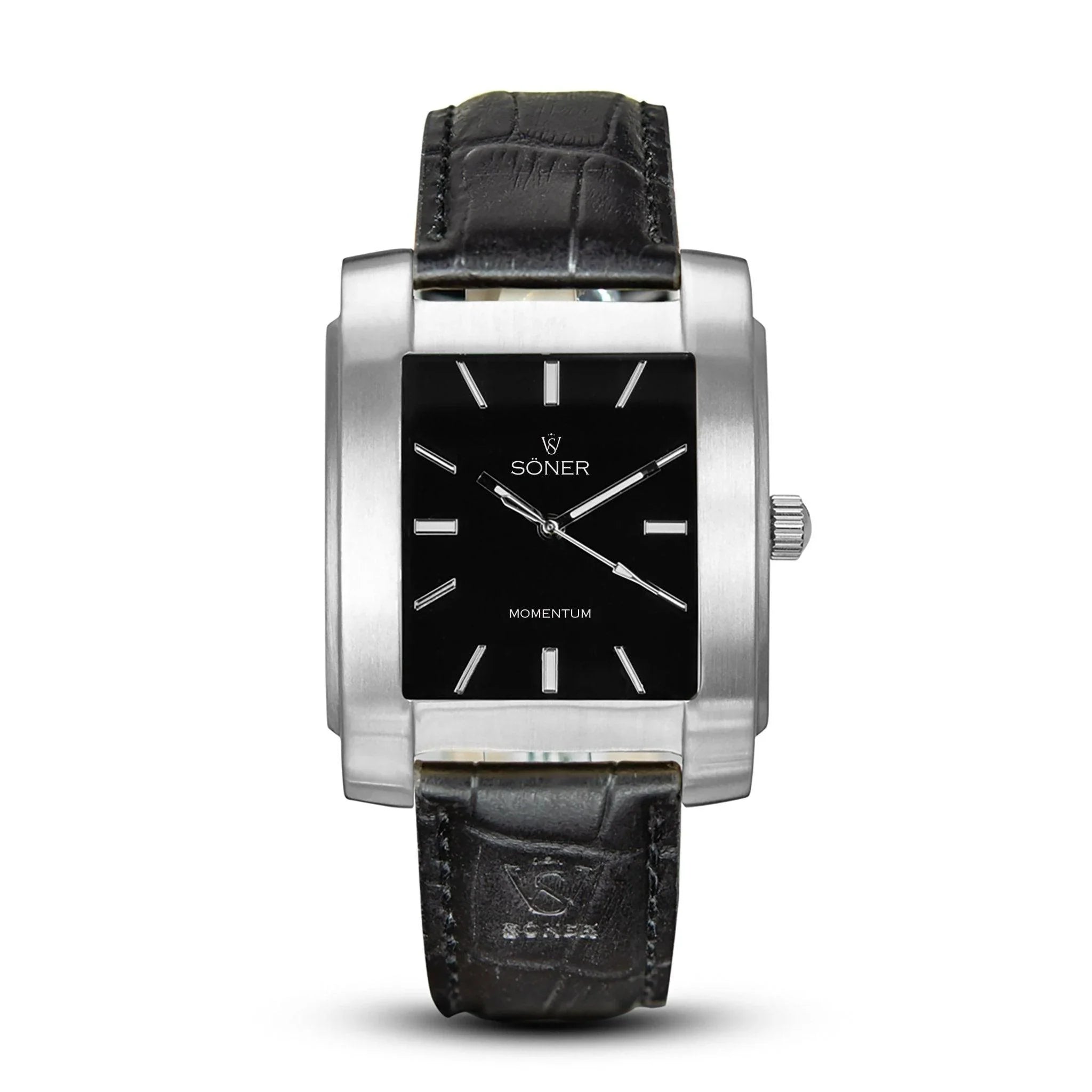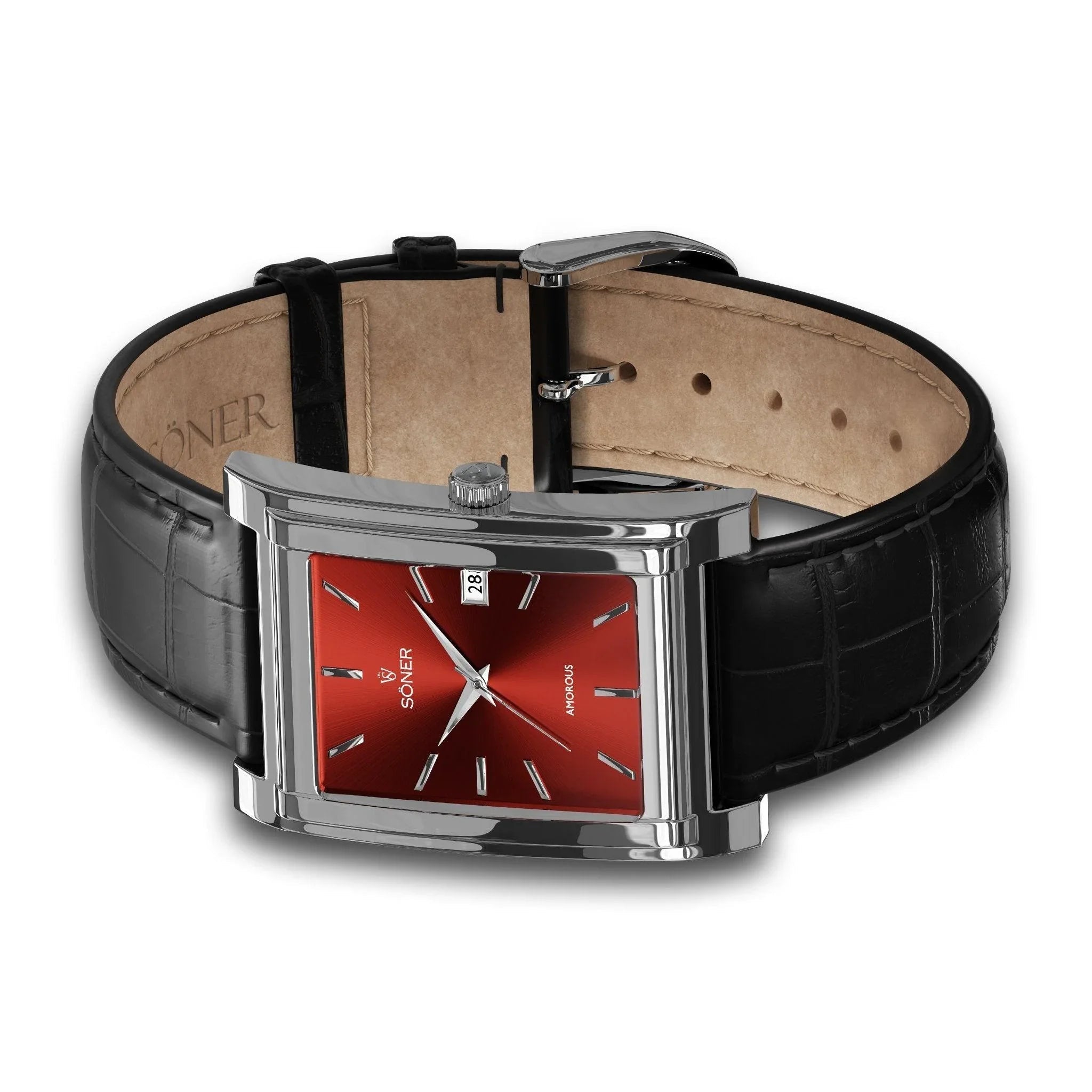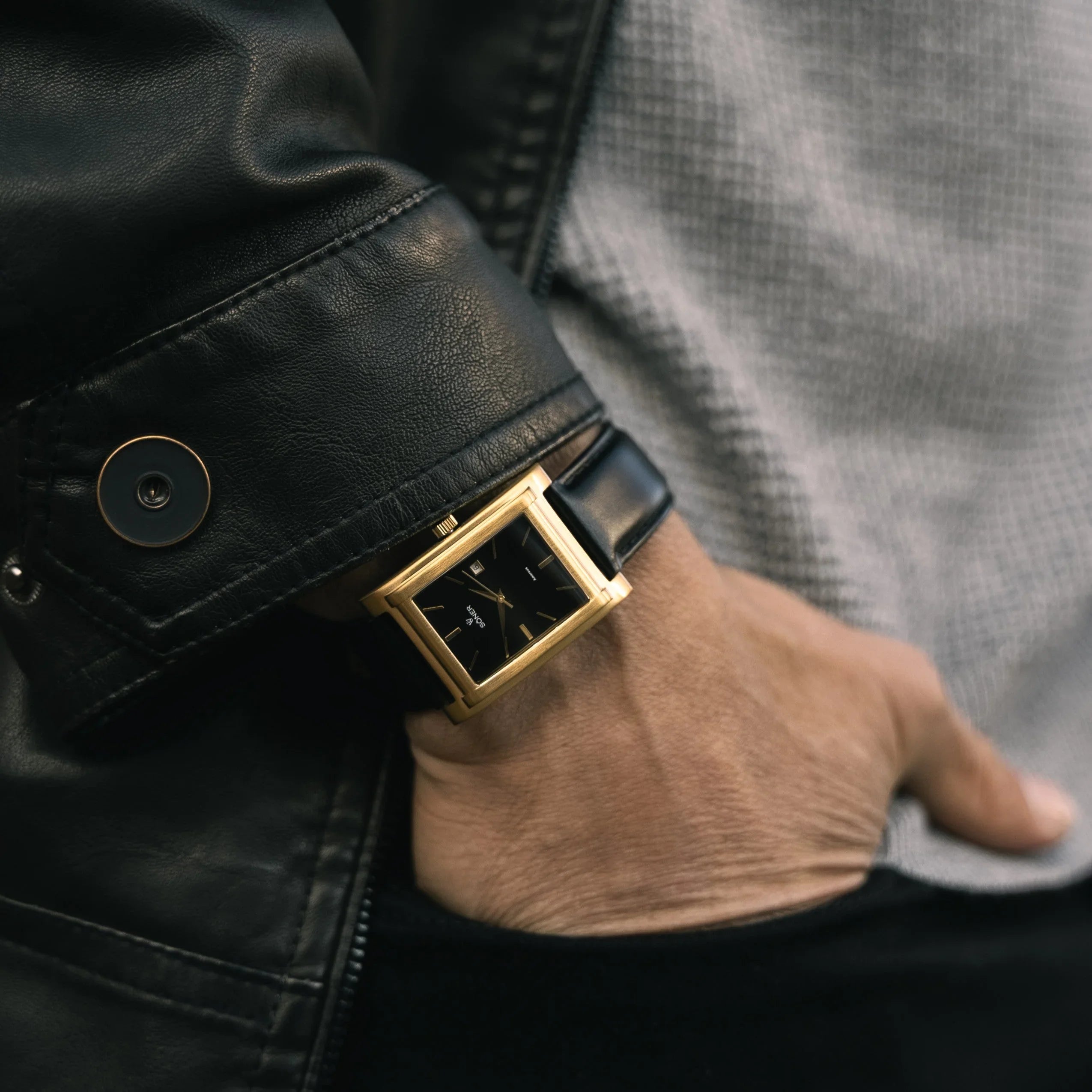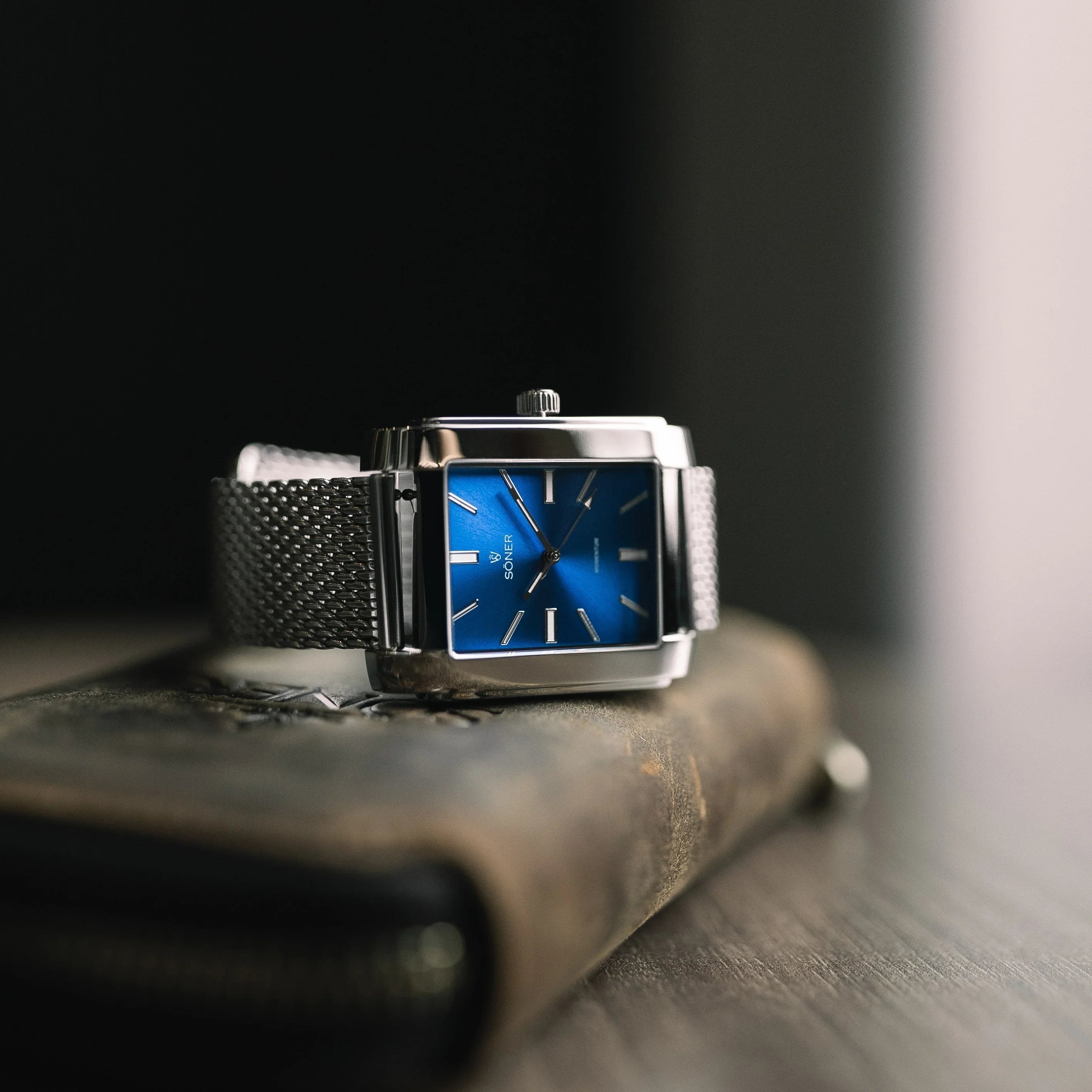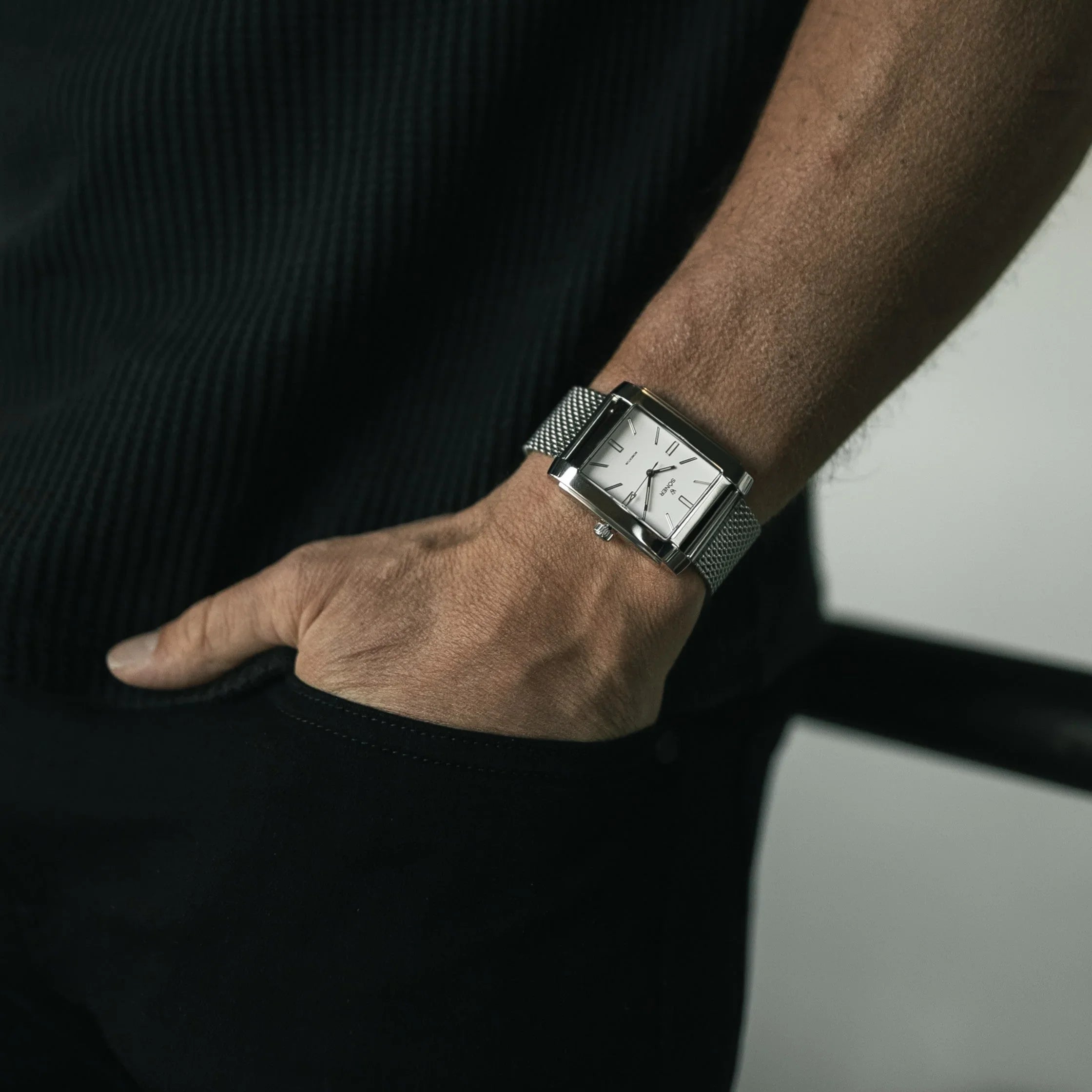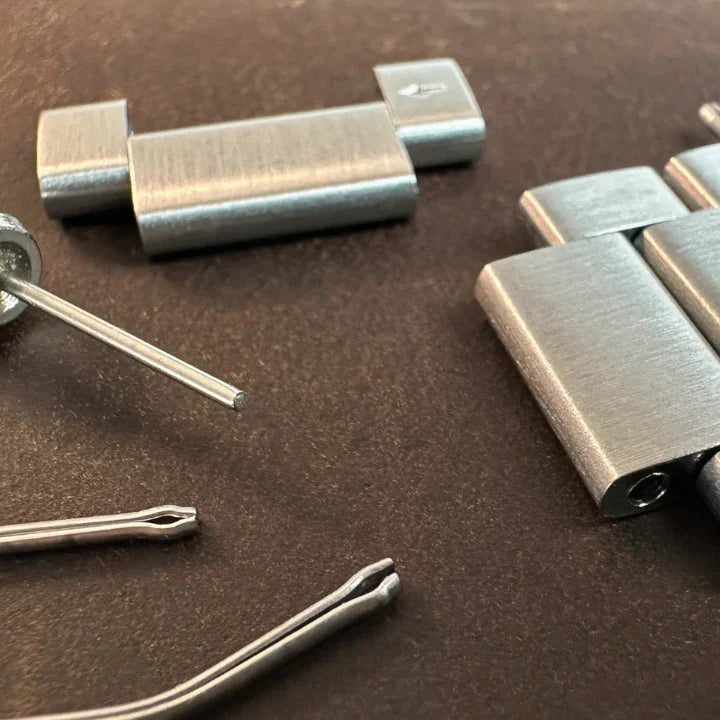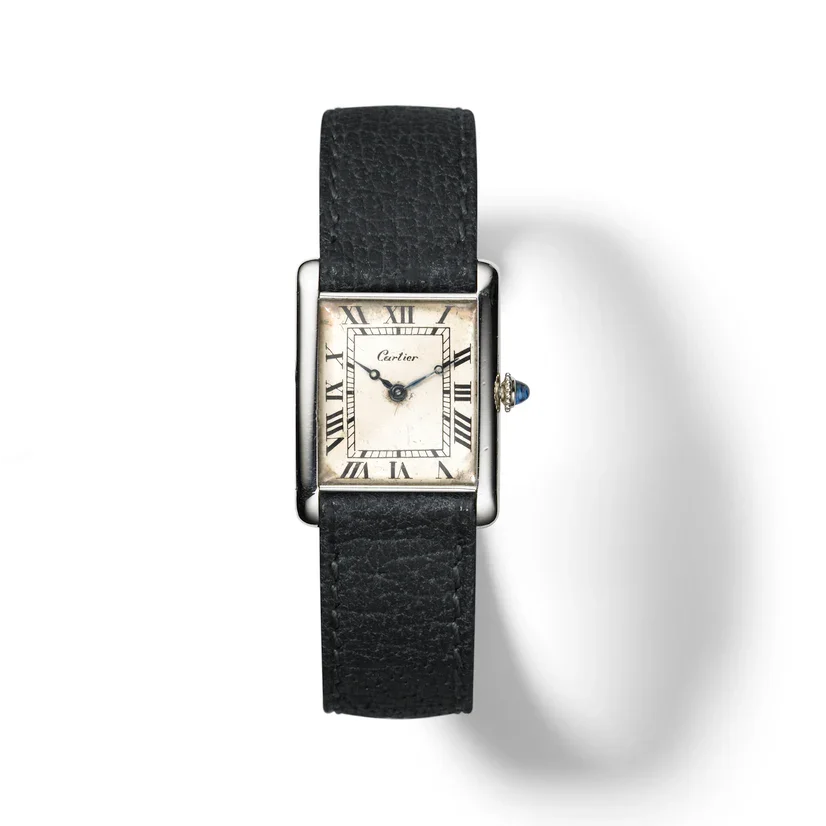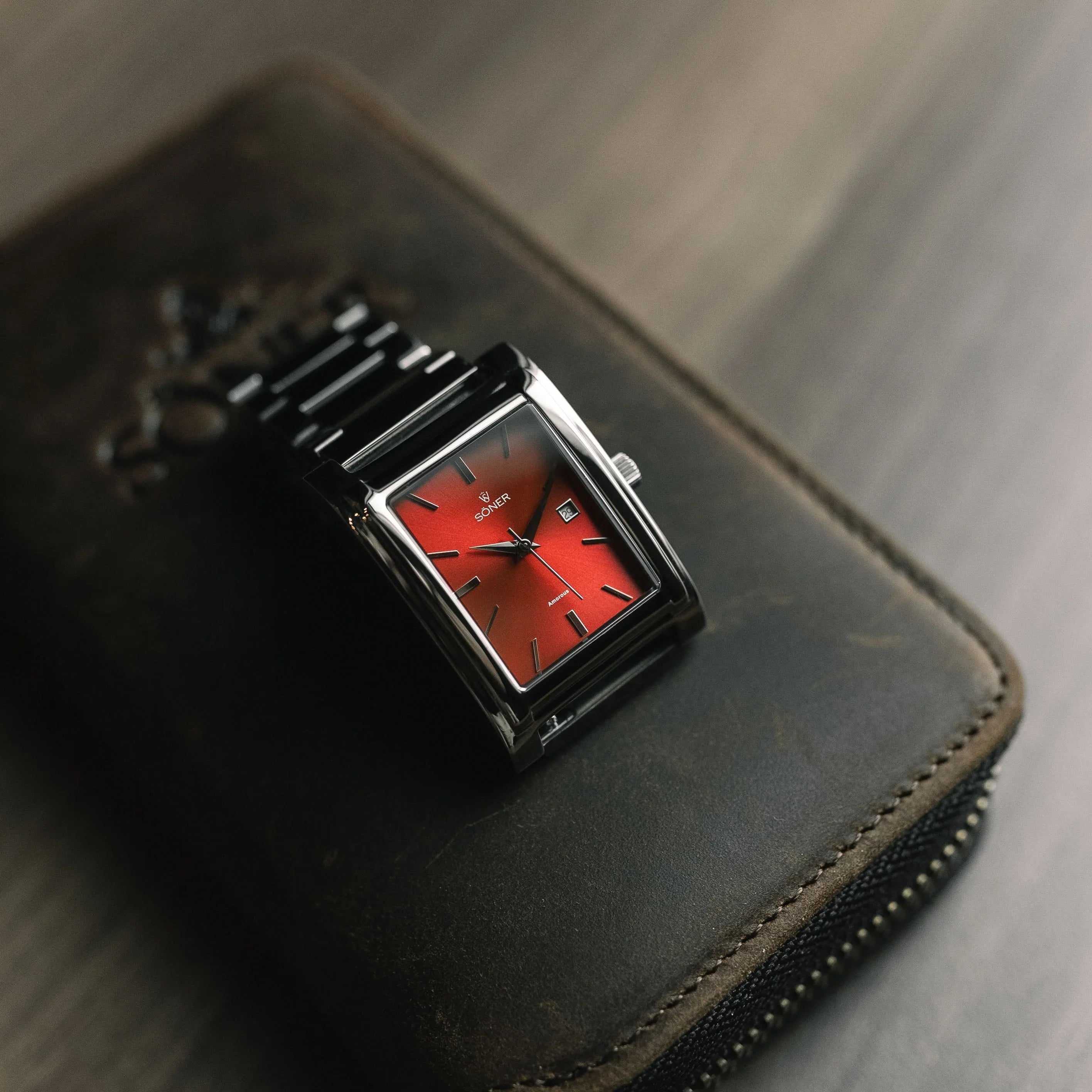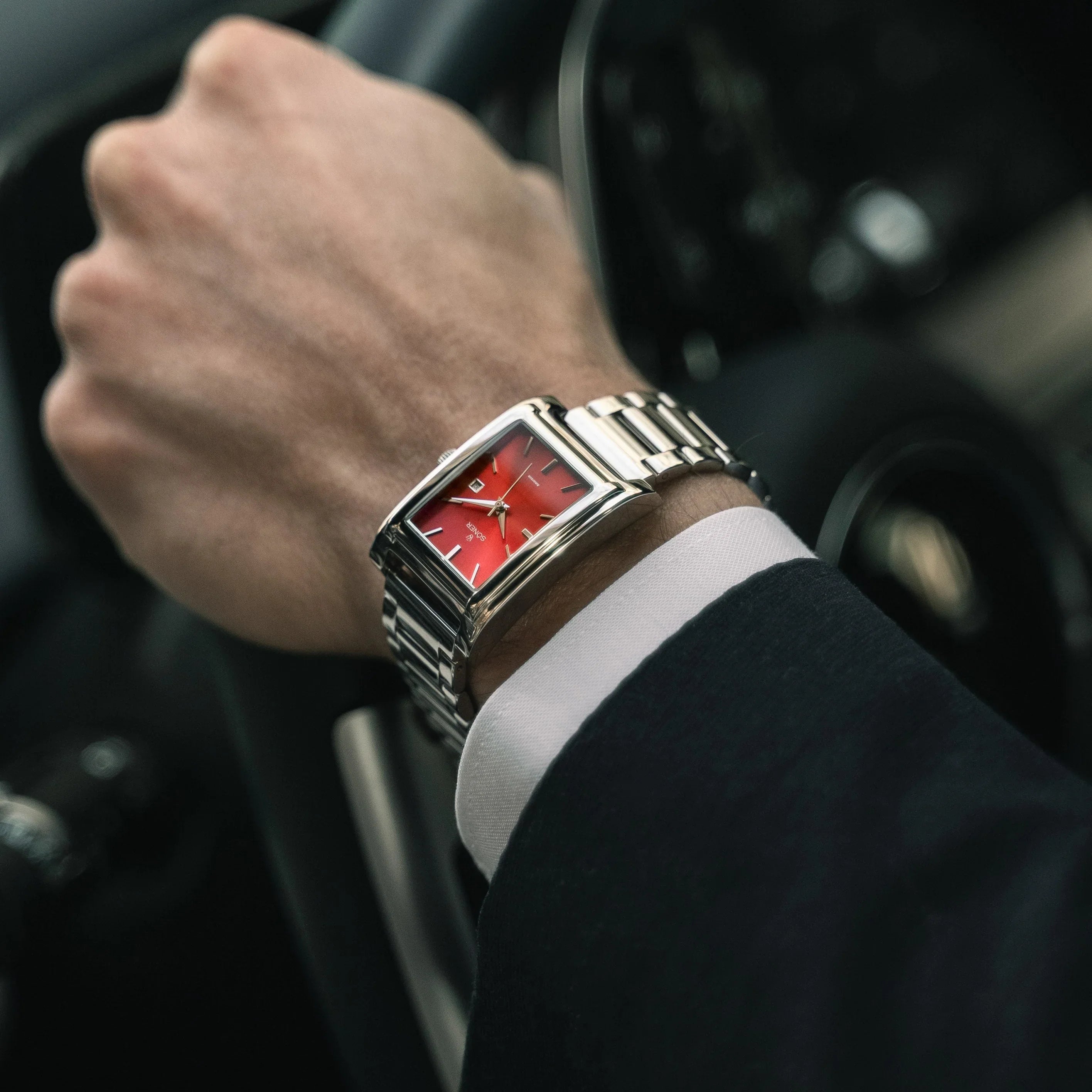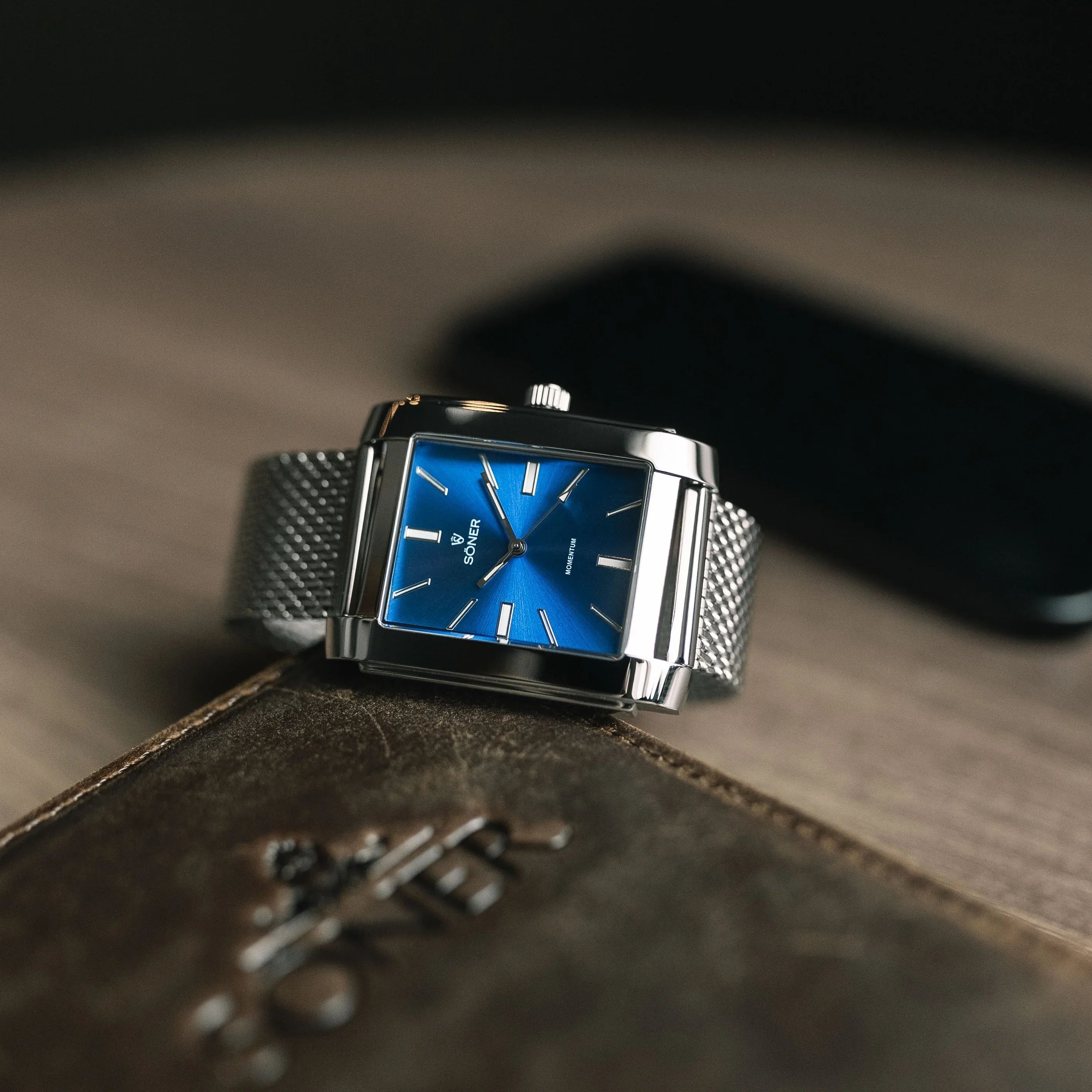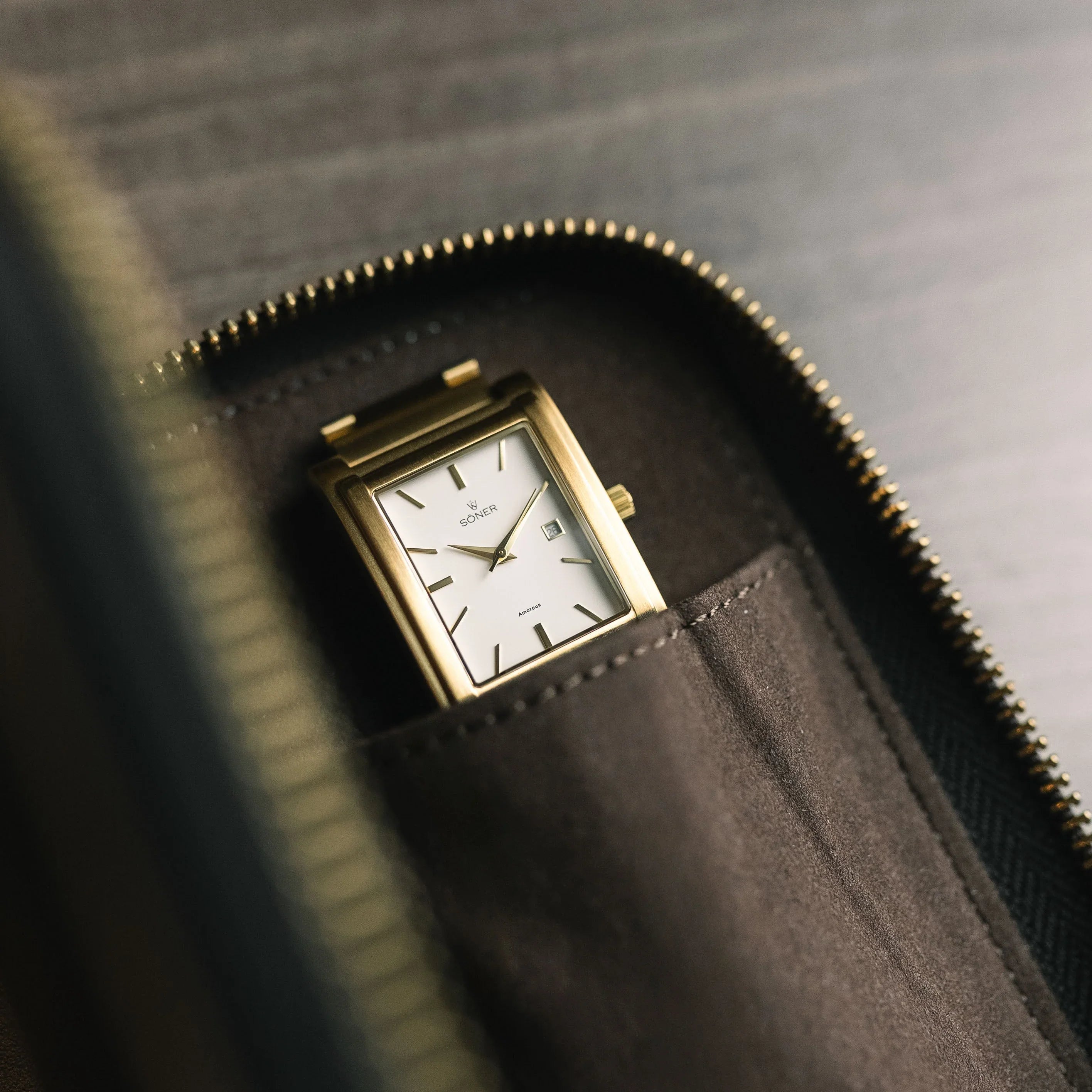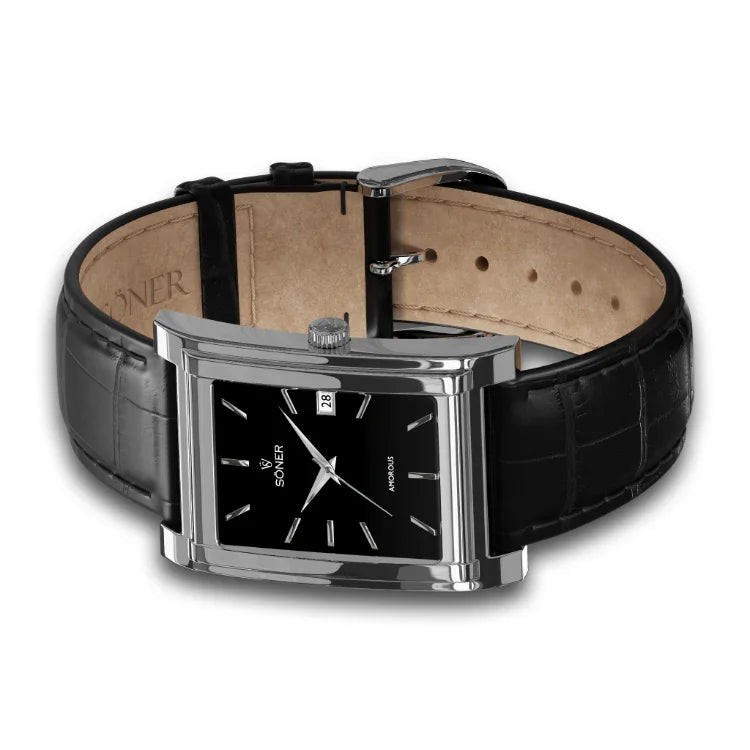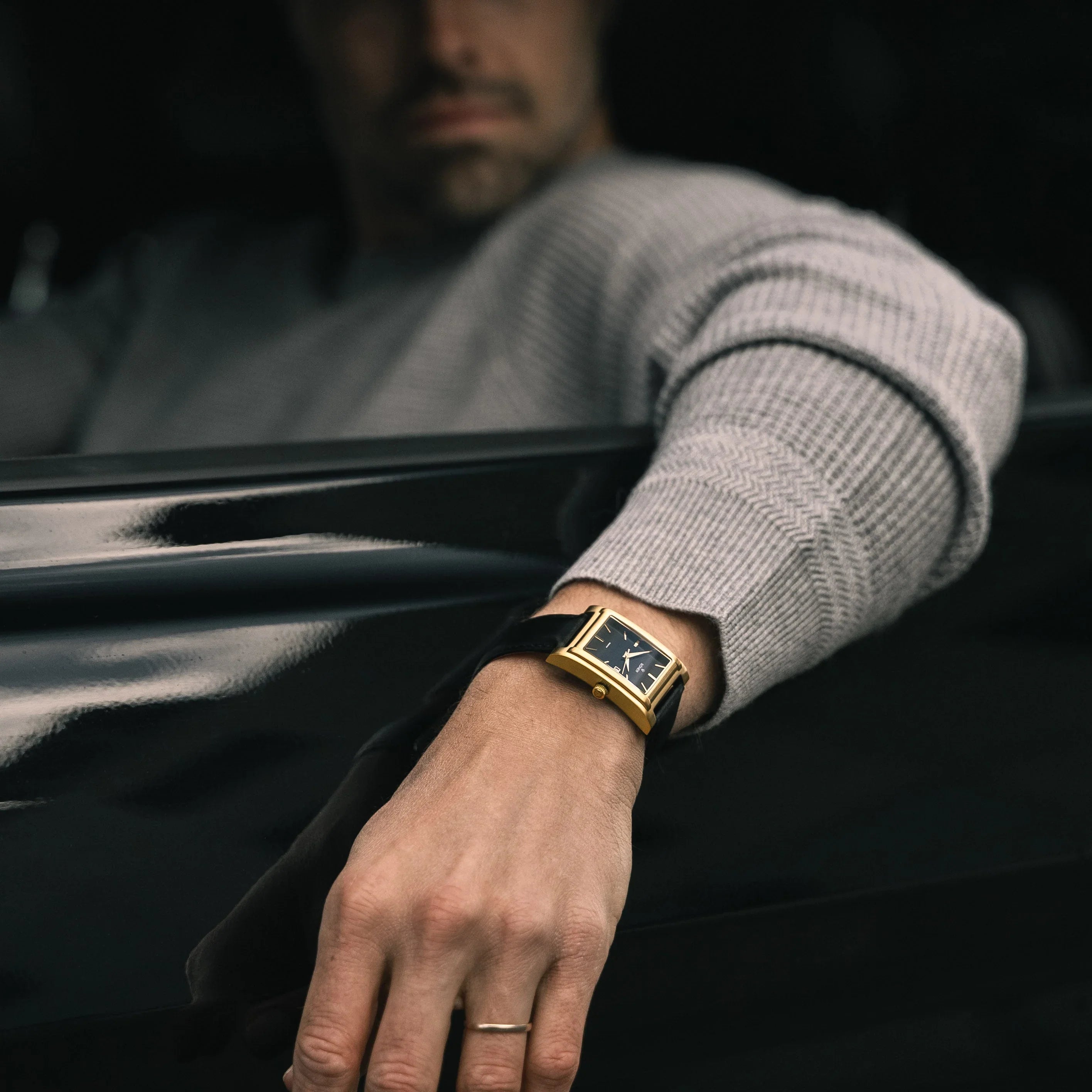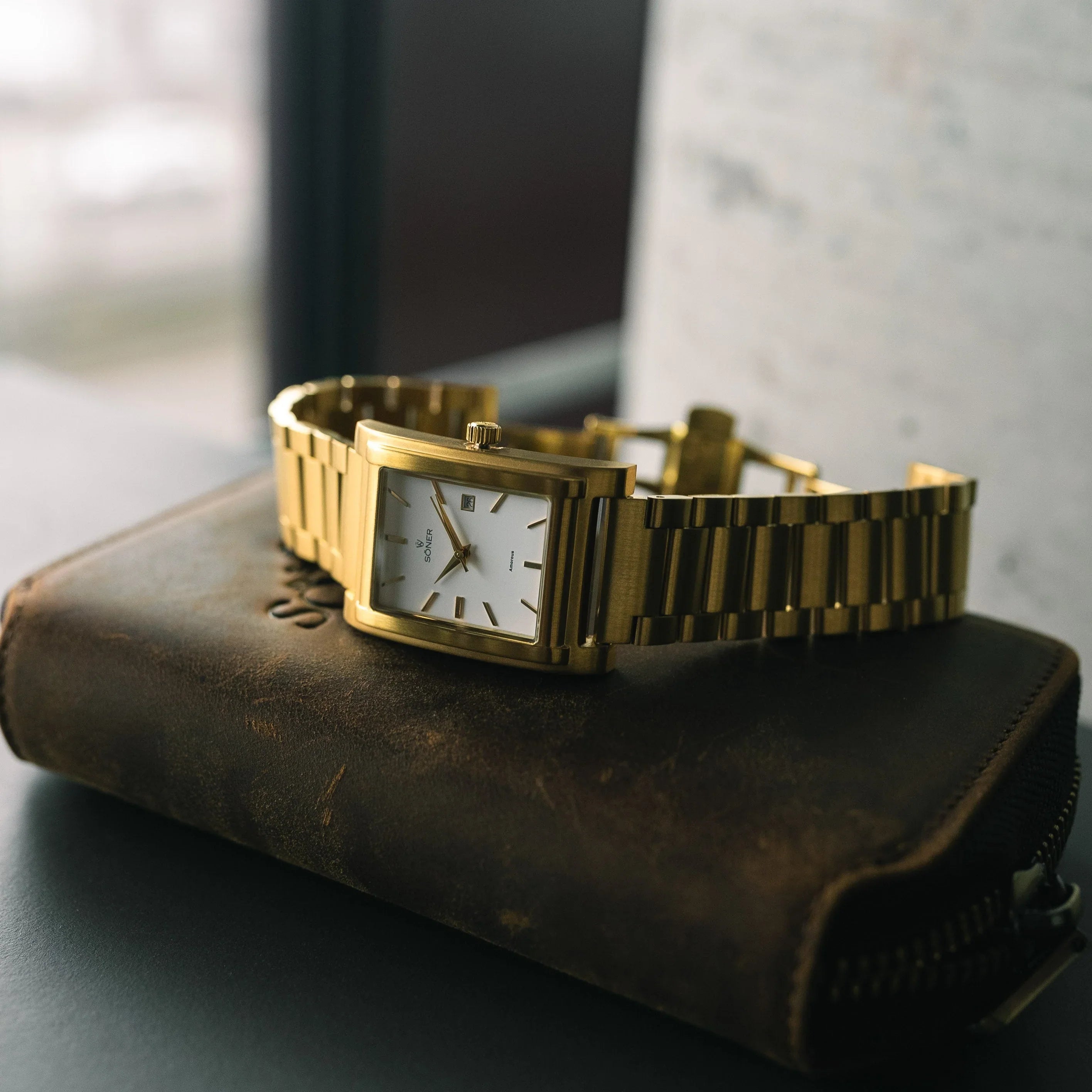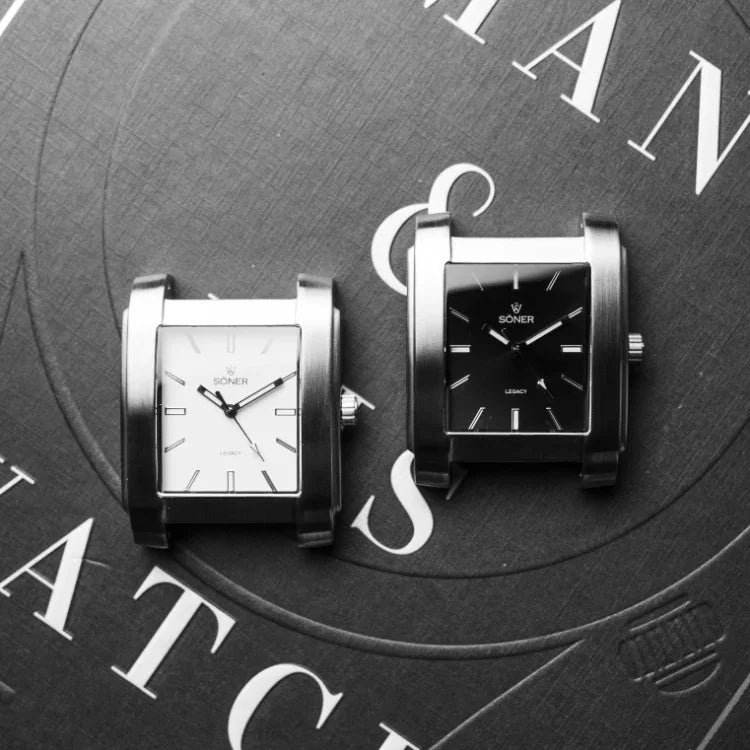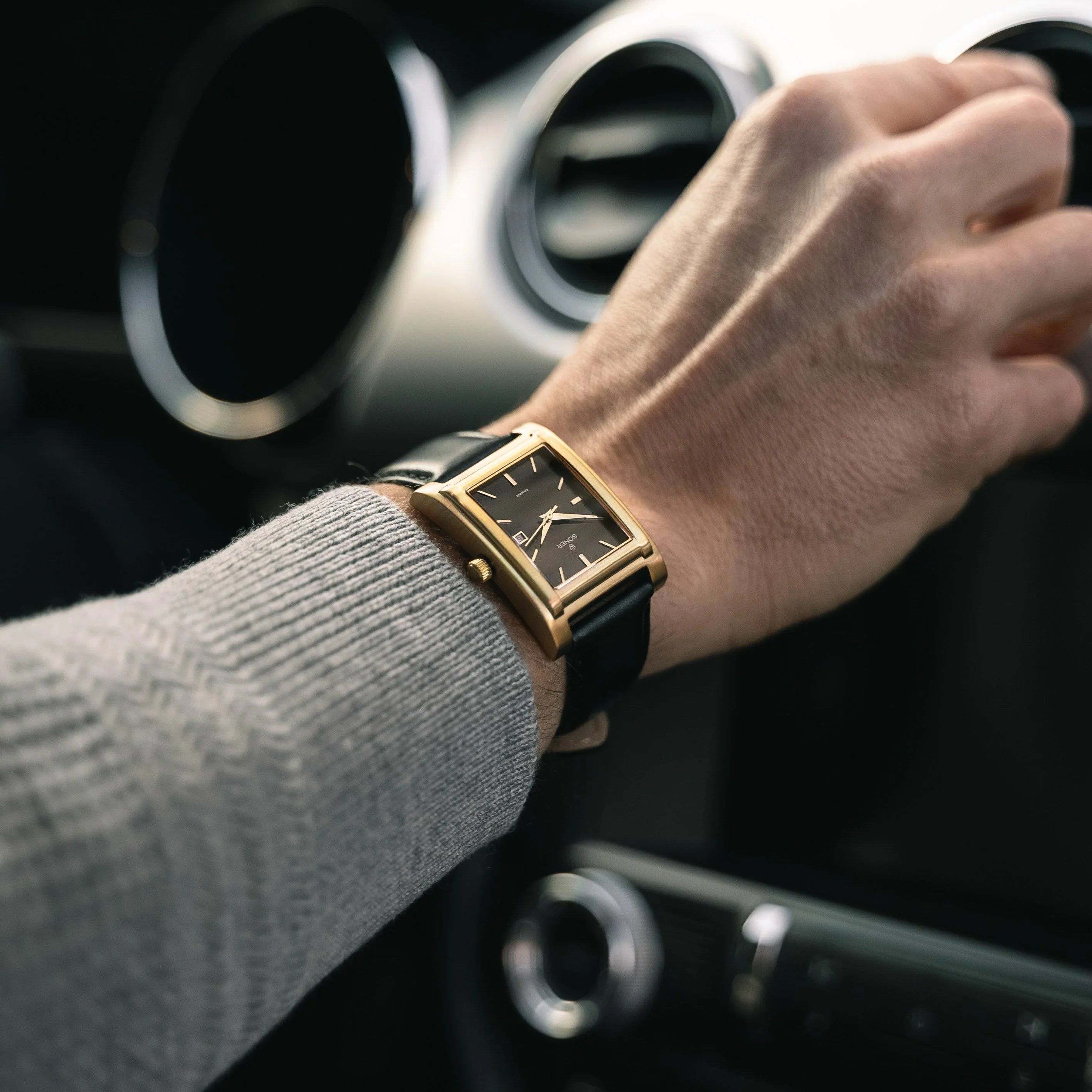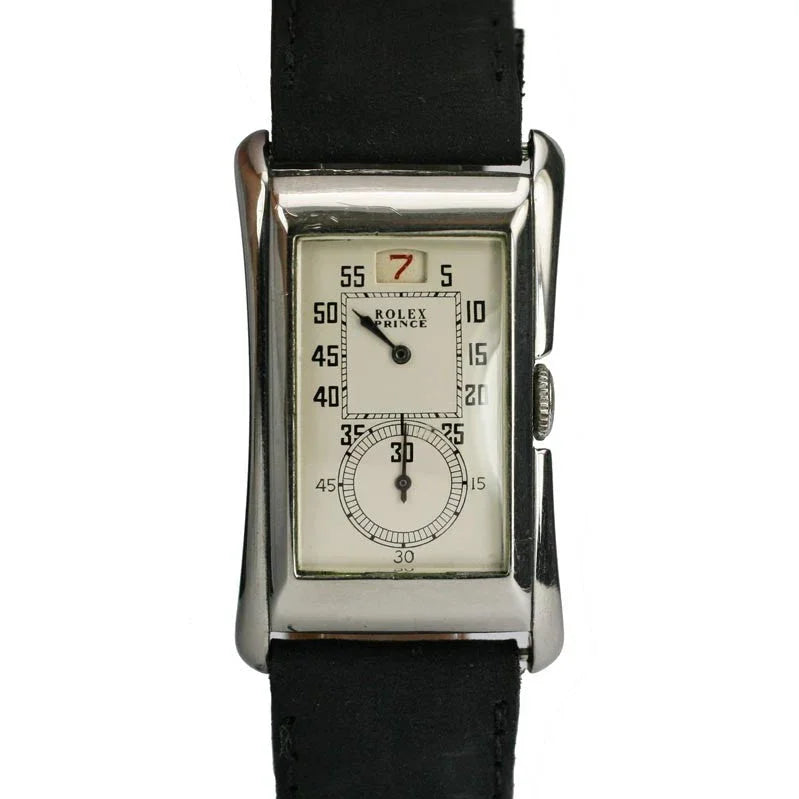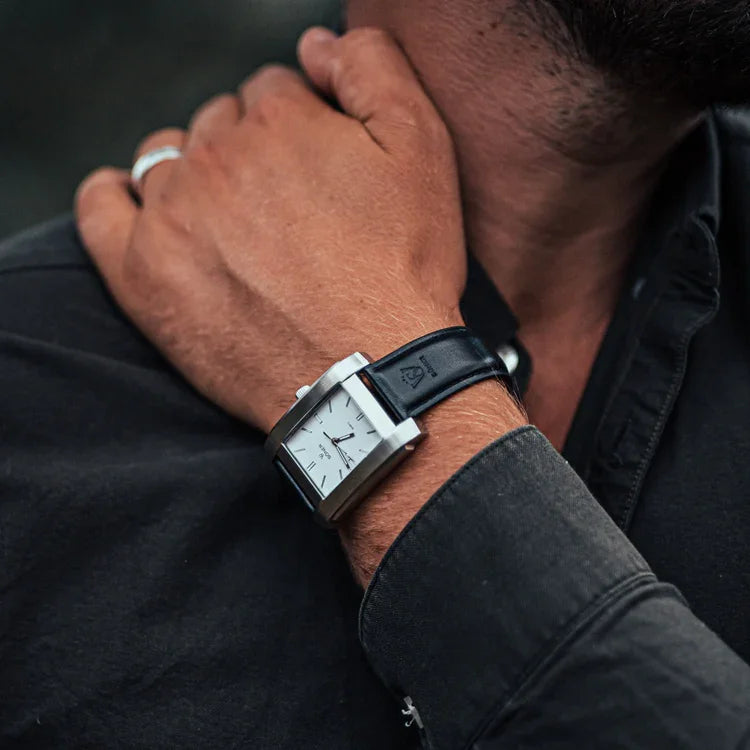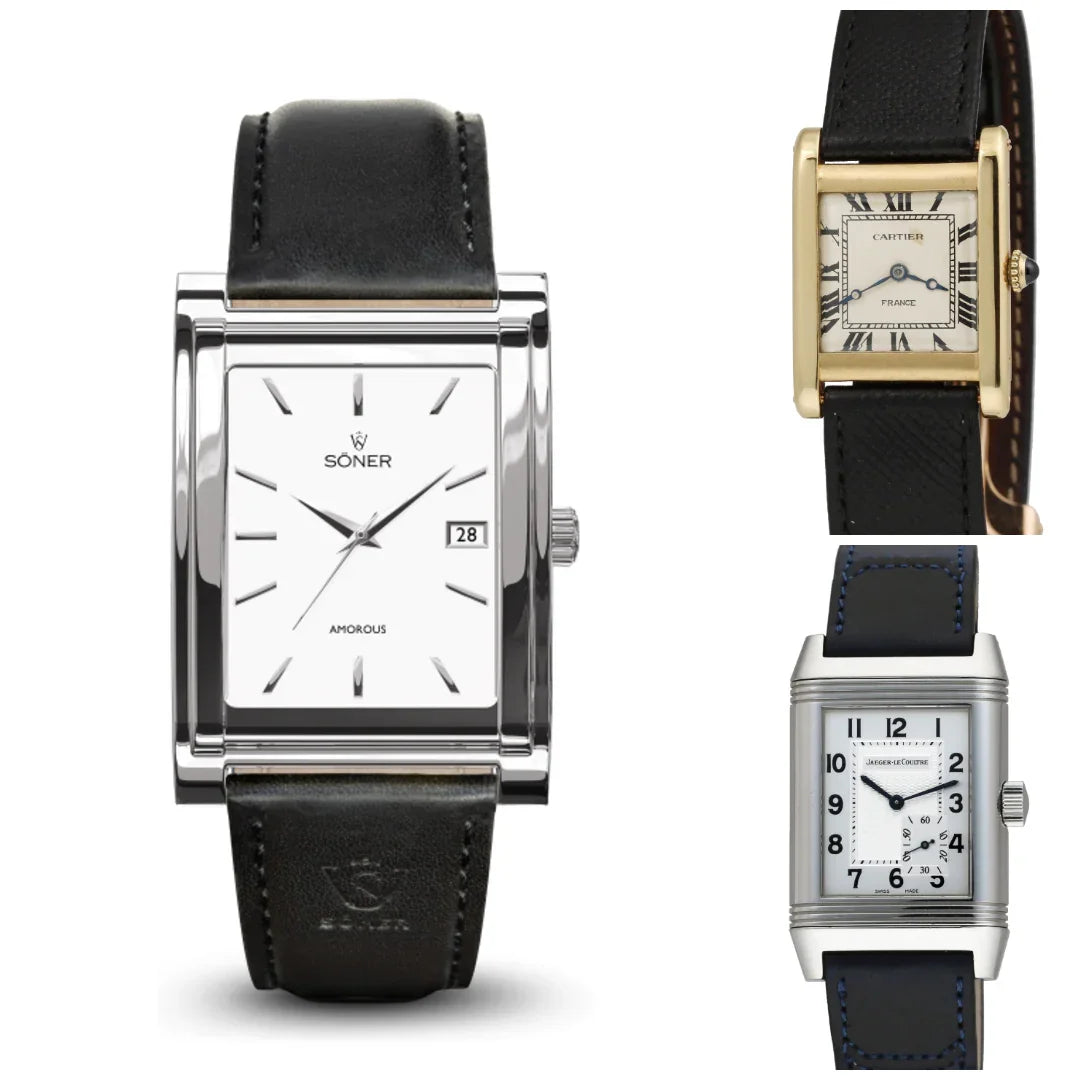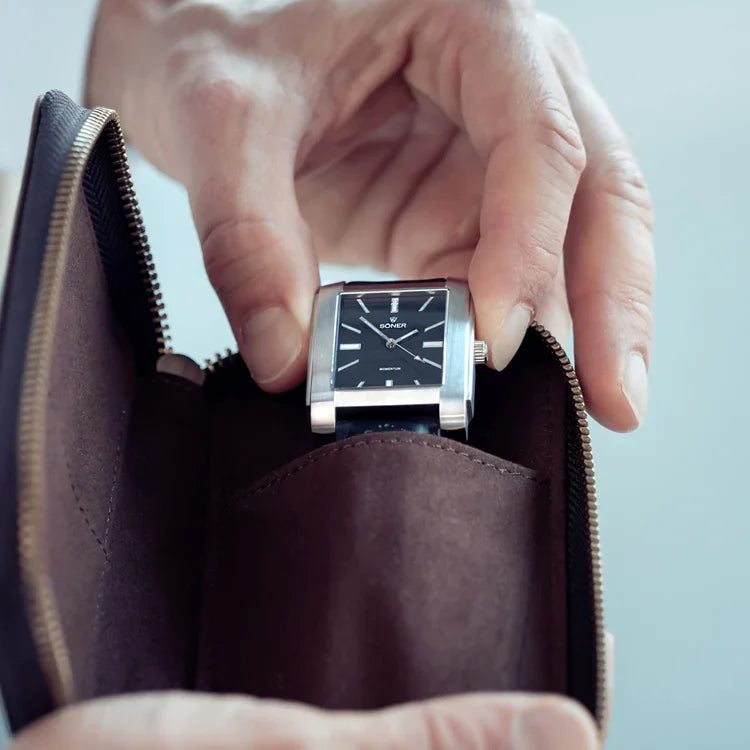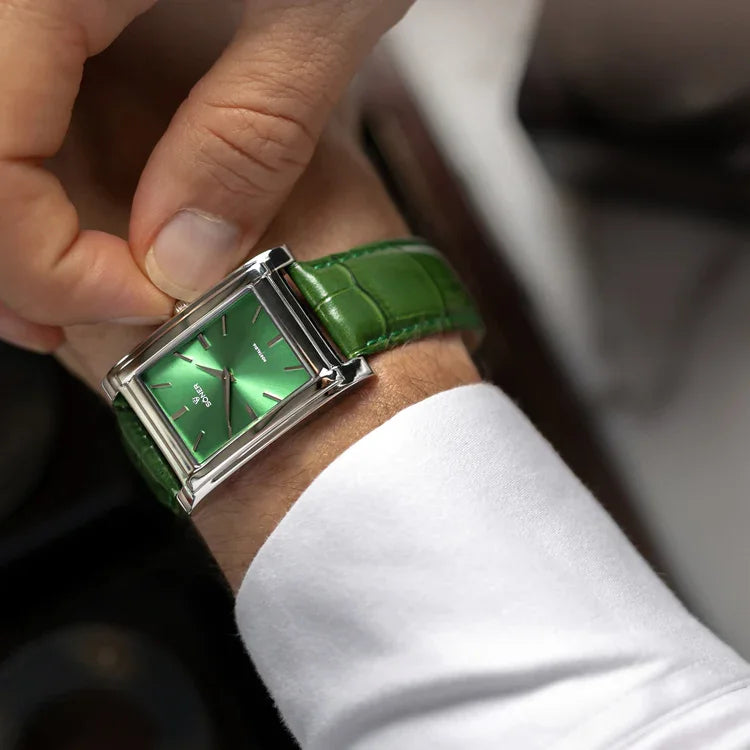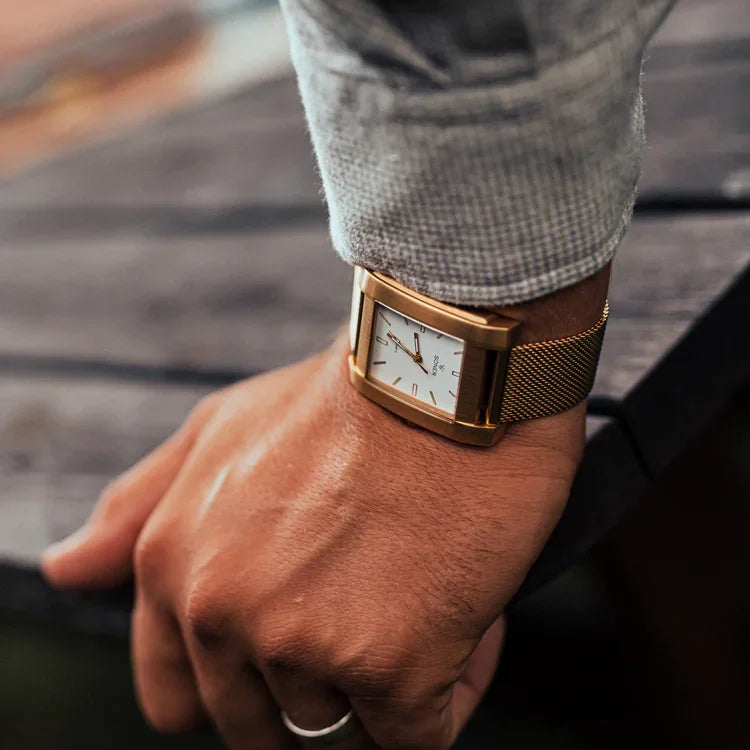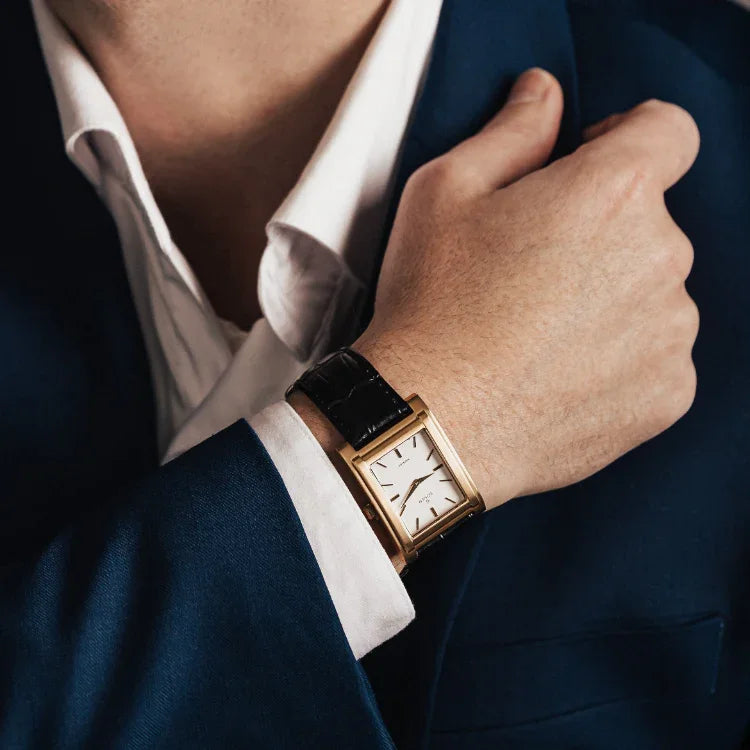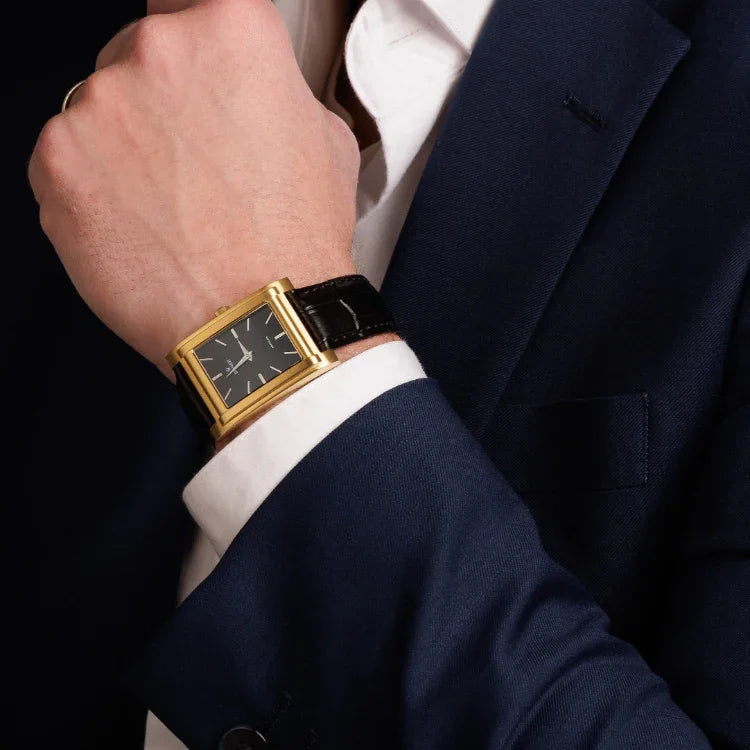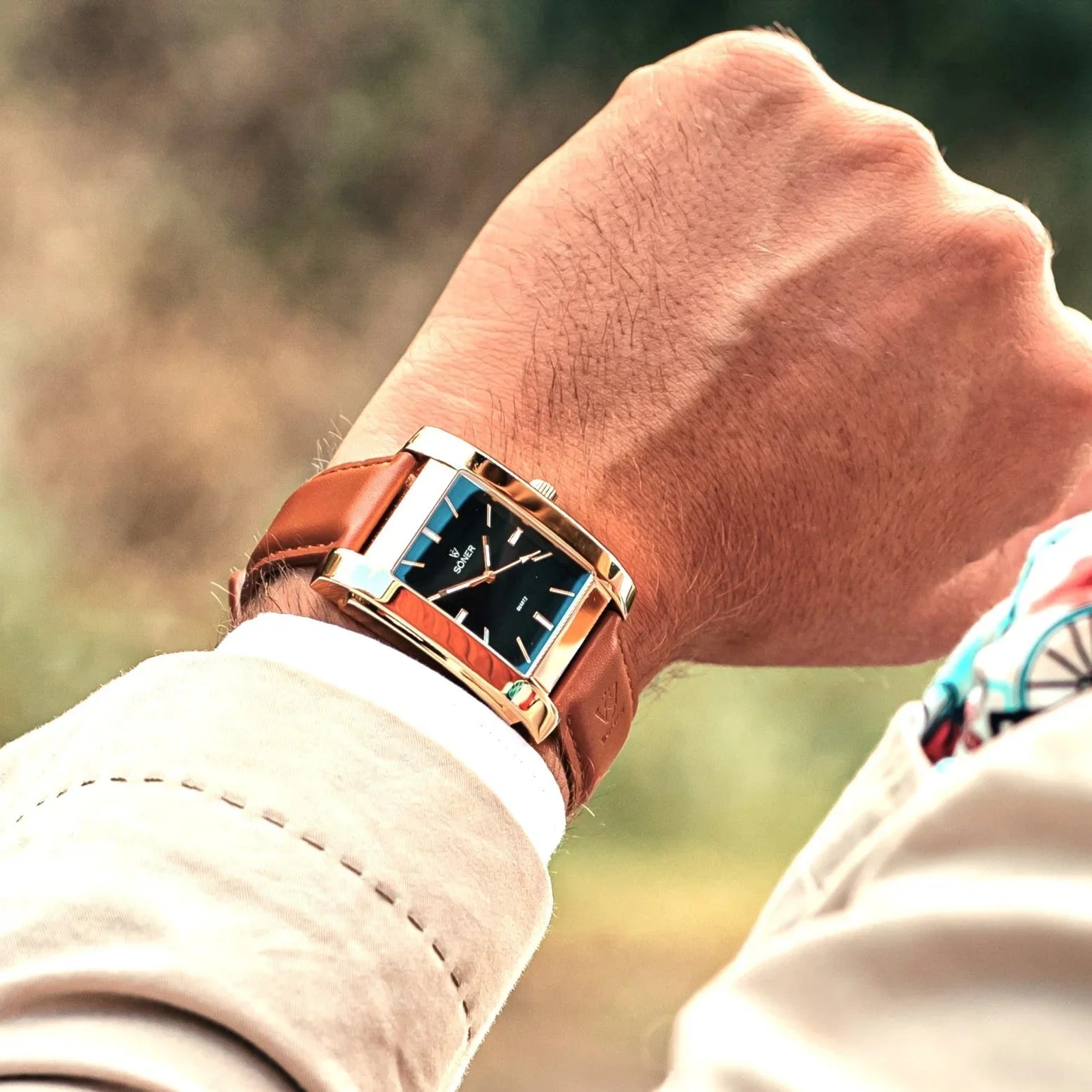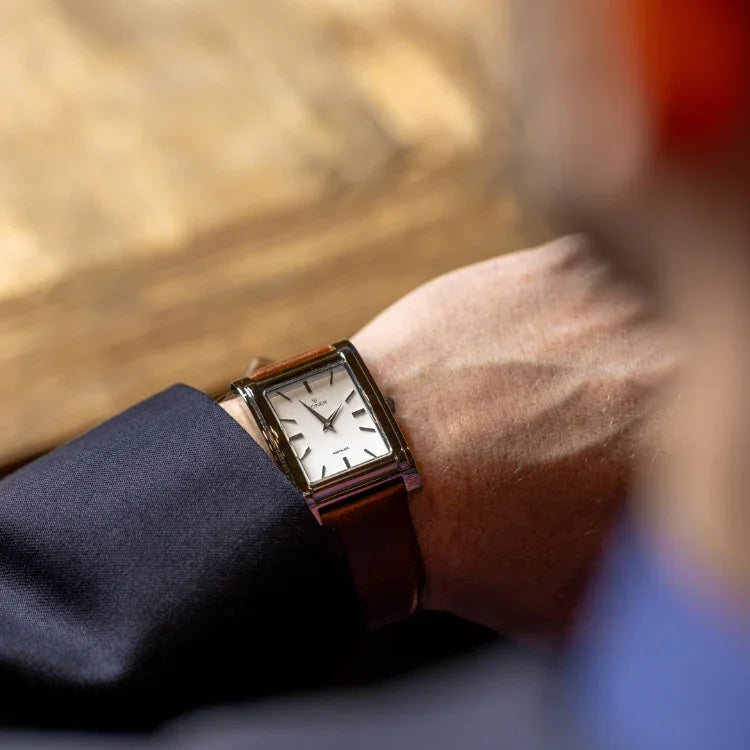Table of Contents
Automatic Watches
Automatic watches are a fascinating blend of artistry and engineering, capturing the hearts of watch enthusiasts around the world. If you're new to the world of automatic watches or looking to expand your knowledge, this guide will equip you with essential information on understanding, choosing, maintaining, and troubleshooting automatic watches.

Understanding Automatic Watches
Automatic watches are mechanical timepieces that rely on the natural motion of the wearer's wrist to keep them ticking. Unlike quartz watches that use batteries, automatic watches are powered by a series of intricate gears and springs. To fully grasp the beauty and complexity of automatic watches, let's dive into the mechanics and history behind them.
The Mechanics of Automatic Watches
At the heart of every automatic watch lies a mechanical movement. This movement consists of a collection of gears, levers, and springs that work together to keep time. When you wear an automatic watch, the motion of your wrist causes a rotor to spin, which winds the mainspring. This stored energy is then released in a regulated manner, powering the watch's hands.
The intricate mechanism of an automatic watch is a marvel of engineering. Each gear and lever is meticulously crafted and calibrated to ensure precise timekeeping. The mainspring, which stores the energy, is carefully tensioned to provide a consistent power supply. The delicate balance between these components is what makes an automatic watch a true work of art.
Automatic movements can be further classified into different types, such as the traditional manual-winding or the more modern self-winding. Manual-winding automatic watches require the wearer to manually wind the mainspring by turning the crown. On the other hand, self-winding automatic watches use the natural motion of the wrist to wind the mainspring automatically. Each type offers its own set of advantages and considerations, making the choice between them a matter of personal preference.
The History of Automatic Watches
The invention of the automatic watch dates back to the late 18th century, with significant contributions from watchmakers like Abraham-Louis Perrelet and Abraham-Louis Breguet. These visionaries recognized the potential of harnessing the wearer's motion to power a timepiece, paving the way for the development of automatic watches as we know them today.
However, it wasn't until the early 20th century that automatic watches gained widespread popularity. With advancements in manufacturing techniques and the increasing demand for accurate timekeeping, watchmakers began incorporating automatic movements into their designs. This marked a turning point in the world of horology, as automatic watches became a symbol of luxury and craftsmanship.
Over the years, automatic watches have evolved in both design and functionality. The introduction of new materials, such as stainless steel and sapphire crystal, has enhanced their durability and aesthetic appeal. Innovative features, like water resistance and chronograph complications, have expanded the versatility of automatic watches, making them suitable for various activities and lifestyles.
Today, automatic watches represent a perfect blend of traditional craftsmanship and modern innovation. They capture the essence of timeless style, allowing wearers to appreciate the artistry and precision that goes into creating these mechanical marvels. Whether you're a watch enthusiast or simply appreciate the beauty of a well-crafted timepiece, automatic watches offer a fascinating glimpse into the world of horology.

The Components of Automatic Watches
To truly appreciate the artistry behind automatic watches, it is essential to understand their components. From the movement that drives their functionality to the case, dial, and hands that exude style, each component plays a vital role in creating a masterpiece.
The Movement
The movement, also known as the caliber, is the heart and soul of an automatic watch. It determines the accuracy, durability, and features of the timepiece. Movements can vary from simple and affordable to intricate and high-end, catering to different preferences and budgets.
Let's delve deeper into the fascinating world of watch movements. Automatic watches are powered by a self-winding mechanism that harnesses the natural motion of the wearer's wrist. This ingenious mechanism consists of a rotor, which rotates with the movement of the wrist, transferring energy to the mainspring. The mainspring then stores this energy and releases it gradually to power the watch. This self-winding feature eliminates the need for manual winding, making automatic watches convenient and hassle-free.
Within the movement, you'll find a complex arrangement of gears, springs, and levers, meticulously crafted to ensure precise timekeeping. The escapement, a crucial component, regulates the release of energy from the mainspring, controlling the movement of the watch's hands. The balance wheel, oscillating back and forth, provides the rhythmic motion that keeps the watch ticking with accuracy.

The Case
The case of an automatic watch not only protects the inner mechanics but also adds to its overall aesthetics. Common materials used for watch cases include stainless steel, gold, titanium, and ceramic. The size and shape of the case, along with its finishing and details, contribute to the watch's overall design and wearability.
When it comes to choosing a watch case, there are several factors to consider. Stainless steel cases are popular for their durability and versatility, making them suitable for everyday wear. Gold cases, on the other hand, exude luxury and elegance, perfect for formal occasions. Titanium cases offer a lightweight and hypoallergenic option, ideal for those with sensitive skin. Ceramic cases, known for their scratch resistance and sleek appearance, provide a modern and sophisticated look.
The case design also plays a significant role in the overall appeal of an automatic watch. From classic round cases to avant-garde square or tonneau shapes, there is a wide range of options to suit different tastes. The finishing of the case, whether it's polished, brushed, or a combination of both, adds depth and character to the watch. Intricate details such as engraved patterns or gemstone accents can elevate the watch's aesthetics, making it a true work of art.
The Dial and Hands
The dial, or face, of an automatic watch serves as the canvas for displaying the time. It can range from minimalist and understated to bold and intricate, featuring various designs, colors, and textures. The hands, driven by the movement, elegantly glide across the dial, providing a visual representation of time.
When it comes to dial design, the possibilities are endless. Some dials feature a clean and uncluttered look, with simple hour markers and minimal branding. Others may showcase intricate patterns, such as guilloché or sunburst, adding depth and visual interest. The choice of colors, whether it's classic black, elegant white, or vibrant hues, further enhances the watch's personality.
The hands of an automatic watch are not just functional but also contribute to its overall aesthetics. They can come in various shapes, such as dauphine, sword, or skeletonized, each offering a unique visual appeal. The length and thickness of the hands are carefully considered to ensure optimal legibility, allowing the wearer to read the time at a glance.
As the hands gracefully move across the dial, they create a mesmerizing dance, capturing the essence of time itself. Whether they sweep smoothly or tick with precision, the movement of the hands adds a sense of life and dynamism to the watch, reminding us of the constant passage of time.

How to Choose an Automatic Watch
With countless options available in the market, choosing the right automatic watch can be overwhelming. However, by considering a few key factors, you can make an informed decision that aligns with your preferences and budget.
Factors to Consider
When choosing an automatic watch, factors such as the style, dial design, case material, and strap type should be taken into account. Additionally, consider your lifestyle and the intended use of the watch. Whether it's for formal occasions, outdoor adventures, or everyday wear, each scenario may require a different set of features and specifications.
Price Range and Brands
Automatic watches can range from affordable entry-level options to luxurious timepieces crafted by renowned brands. It is important to set a realistic budget and explore reliable brands that offer quality and value. Researching customer reviews and seeking expert recommendations can help narrow down your options.
Maintaining Your Automatic Watch
Proper maintenance is essential to ensure the longevity and accuracy of your automatic watch. With regular cleaning and servicing, coupled with appropriate storage practices, you can preserve its beauty and functionality for years to come.
Regular Cleaning and Servicing
Periodically cleaning your automatic watch's case, strap, and dial helps prevent dirt, oils, and grime from accumulating. Additionally, professional servicing every few years ensures that the movement is properly lubricated and calibrated, maximizing its performance and lifespan.
Storing Your Watch Properly
When not in use, your automatic watch should be stored in a watch box or dedicated watch winder. A watch winder rotates the watch, mimicking the natural motion of a wrist, thereby keeping the movement powered and ensuring accurate timekeeping. Proper storage protects your watch from dust, moisture, and potential damage.
Troubleshooting Common Issues
While automatic watches are reliable and durable, occasional issues may arise. Understanding common problems and their solutions can help you troubleshoot and resolve minor issues without the need for professional intervention.
Over-winding and Other Mechanical Problems
Over-winding an automatic watch can strain the movement, leading to potential issues. Learning to wind your watch properly and being mindful of the resistance will help prevent such complications. Additionally, being aware of other mechanical problems like magnetization or power reserve depletion can aid in quick troubleshooting.
Accuracy Issues
Although automatic watches are designed to be accurate, slight deviations are normal. If you notice significant inaccuracies, consider getting your watch regulated by a professional. Additionally, ensuring that your watch is properly wound and worn regularly can contribute to maintaining accuracy.
With this comprehensive guide, you now have the knowledge to dive into the mesmerizing world of automatic watches. Whether you're a collector, an enthusiast, or simply intrigued by these captivating timepieces, the art and science behind automatic watches are sure to leave you in awe.

